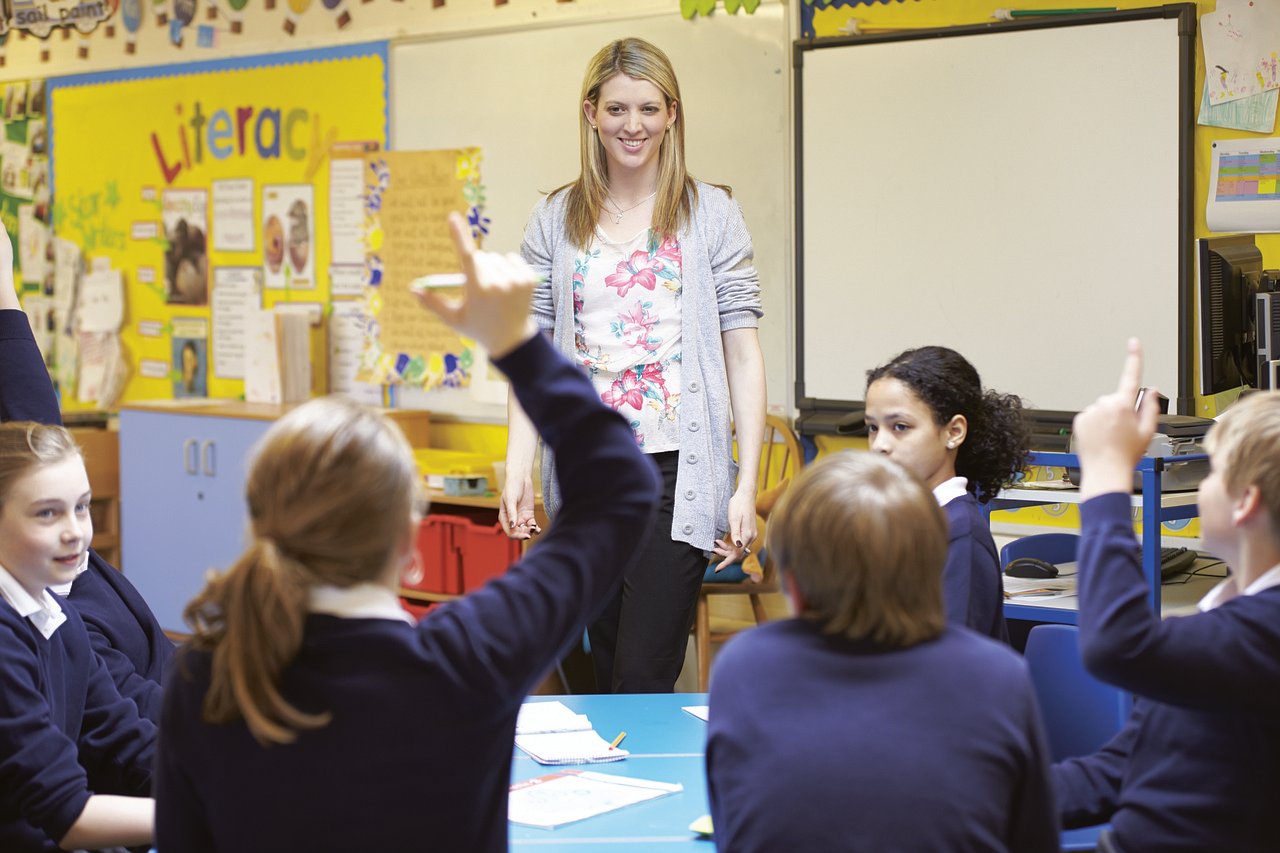A Guide to Task Analysis

Whenever you have a substantial task to undertake, it can seem unattainable at first. However, once you break down the project into smaller manageable bits, it tends to get a lot easier to complete the assignment. Therefore, the process of dissecting a larger assignment into smaller chunks is the essence of task analysis.
Educators understand that before children begin learning, they must be comfortable with participating in the classroom. As such, task analysis focuses on training learners on the value of active contribution during lessons. The key steps employed are brainstorming, self-evaluation, goal evaluation, and observation.
Brainstorming
This step involves coming up with different ideas to undertake a certain task. Normally, each idea offers a different perspective toward solving the problem at hand. Also, you get to consider different ideas and their ease of implementation before settling on one that is bound to work out. When brainstorming, learners should conduct the activity in groups so that they generate as many ideas as possible. After that, they can select options with a higher potential success rate.
Self-evaluation
After completing a certain task, it is always best to review the steps taken. Self-evaluation allows one to find out if they could have done better because they can compare their process with other learners. Also, evaluating the problem-solving process allows one to know their strengths and weaknesses. This way, learners will readily capitalize on their abilities and seek help in overcoming their weaknesses.
Observation
The best way to accomplish any task is to observe another person doing a similar activity. Kids are natural observers from the time they are born. They will learn to speak and different behavioral actions by watching their parents and older siblings. Likewise, learners will greatly benefit from watching a seasoned instructor undertake a task to completion.
Evaluating goals
Before undertaking the task at hand, kids need to find out what they intend to achieve. Brainstorming will come in handy in this step. By analyzing their goals, learners will know what can be achieved and which goals are unreasonable. After establishing their goals, they can discard unimportant aspects of the task and focus on practical steps.
The four-step process, however, is not cast in stone and can be modified depending on the activity. Also, kids at different stages of learning have different capabilities when tackling challenges. Therefore, an instructor should guide them towards practical steps that will help them overcome the challenges of any task.






